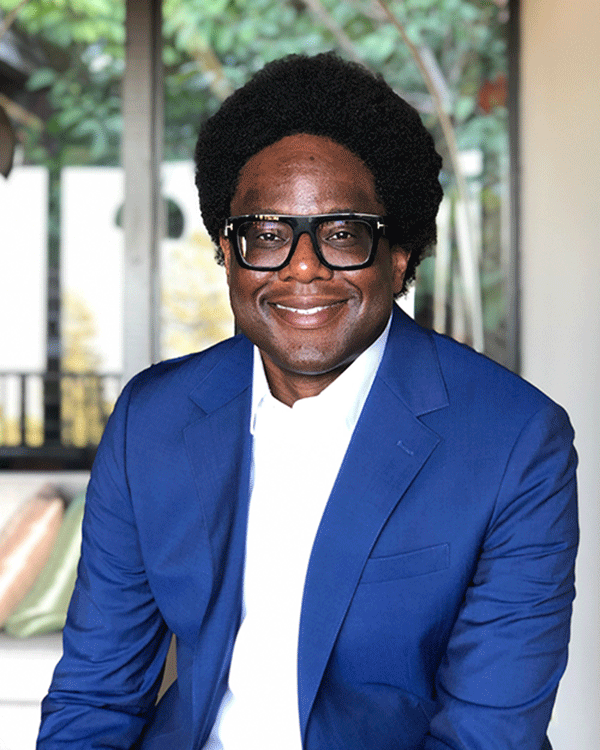
Teddy Roosevelt, Helen Keller, Alexander Graham Bell, John D. Rockefeller, Jr., Winston Churchill, Margaret Sanger, John Harvey Kellogg.
All renowned, distinguished historical figures from various different fields and walks of life. All sharing one thing in common: being proud supporters of the Eugenics Movement.
Eugenics is the election of desired heritable characteristics in order to improve future generations, typically in reference to humans. Believers of eugenics sought to improve the human population and its gene pool by encouraging “fit and desirable” individuals to reproduce while discouraging or preventing the “unfit” individuals from procreating. This was intended to breed out “undesirable” traits from the general population. The ideology gained popularity in mainstream US media around the 1900s, but its reputation declined after the Holocaust, and the field was discredited.
Eugenics has been (and still is) questioned, particularly because the traits deemed “desirable” favor and align with white, able-bodied, and financially stable people. This led to the ideology being used to perpetuate the well-being and superiority of pre-established “desirable” people, while simultaneously further marginalizing those who weren’t classified as “desirable” - struggling, minority communities. This explains the eugenics movement’s historical presence and popularity in the US. Racism and xenophobia were and continue to be extremely prevalent, making eugenics the perfect vessel to justify horrific acts and pass policies that targeted and persistently harm people of color and their reproductive rights.
In present-day consciousness, eugenics is a condemned, castigated concept, as it has historically been used to justify horrible acts of violence and discrimination against people. Eugenics was employed by both Hitler’s Nazi Germany to condone the murder of 6 million Jewish people, as well as US authorities to forcibly sterilize more than 60,000 people mostly before the 1960s. These operations were carried out under the eugenics laws of the time, primarily on so-called “mentally ill” or “mentally deficient” individuals, especially people of color. These laws were in place because US policymakers used mental illness or illness as a justification to pass racist eugenic policies and undertake the subsequent procedures.

This is why, when UC Berkeley bioethics professor Osagie K. Obasogie opened a campus email promoting the Genealogic Eugenic Institute Fund in 2018, he was stunned. The email articulated the Institute’s support for research and education in eugenics, revealing how the $2.4-million eugenics fund had been ongoing and active in UC Berkeley. It contained an offer of an annual payout of around $70,00 in the 2020 fiscal year to support research and education on policies, practices, and technologies that could “affect the distribution of traits in the human race.” This included those related to family planning, infertility, assisted reproduction technologies, prenatal screening, abortion, gene editing, and gene modification. The email went on to elaborate on the “modern definition of eugenics” which included “perspectives that shed light on not only the benefits but also the limitations and the ethics of these alternative approaches to improving the human race.”
When asked about the situation, Obasogie said to the L.A. Times, “I was shocked and dismayed.” In another interview with Berkeley News, he stated, “Eugenics is not simply something that happened several decades ago, but is with us to this very day.” He and a small group of faculty members from UC Berkeley raised their concerns with the writer of the email, a former senior administrator.
This prompted the school to freeze the fund and launch an investigation, which discovered the funds came from a private trust in 1960 established “for the primary purpose of improvement of the human race through research and education in the field of eugenics.” The trust was transferred to the University of California Board of Regents in 1975 with the same purpose. The specifics aren’t clear, but at some point, the funds were allocated to UC Berkeley and then given to their School of Public Health.

On October 26, 2020, the School of Public Health Dean Michael C. Lu divulged the existence of the fund to the entire school faculty by letter. Lu has urged for feedback on renaming and repurposing the fund, along with possible actions such as a public apology and a public education project on eugenics across UC campuses. In the letter, Lu stated, “By accepting and using these funds over the past four decades, we must acknowledge that Berkeley Public Health has been a part of this horrific legacy of eugenics that has caused great harm in medicine and public health, from forced sterilizations to genocides … The school is committed to acknowledging our complicity, apologizing for our past sins and taking action to make things right, by renaming and repurposing the fund toward expressly anti-eugenics purposes.”
Although the presence of eugenics isn’t unique to UC Berkeley, colleges and universities across the nation have links to eugenics, and some have only recently started efforts to remove these connections.

At Stanford, several campus spaces were named after David Starr Jordan, the university’s founding president and a driving force of the eugenics movement. Additionally, there was a statue of Louis Agassiz who promoted polygenism, which holds that human racial groups have different ancestral origins and are unequal. The university only began to make attempts to rectify this in 2020: removing Jordan’s name from the buildings named after him, relocating the statue of Agassiz, and developing an active effort to better explain the full range of Jordan’s legacy and contributions.

The University of Southern California named the Center for International and Public Affairs after the late Rufus B. von KleinSmid. He was the university’s fifth president and believed that people with “defects” had no right to parenthood and should be sterilized. According to University of Michigan history professor and expert on eugenics, Alexandra Minna Stern, this belief motivated Von KleinSmid to co-found the Human Betterment Foundation. This foundation was instrumental in supporting the 1909 California legislation that authorized the forced sterilization of those who had “undesirable” traits. Again, only in 2020 did the university announce it had removed Von KleinSmid’s name from the building, finally acknowledging his alarming leadership position in California’s eugenics movement.
The horrible legacy of eugenics is still clearly present today but not just through active research funds or buildings and statues commemorating prominent eugenics leaders. As mentioned before, eugenics was used to justify the coerced and unwilling sterilization of people, especially women of color in the United States. These forced sterilizations have continued, despite eugenics being widely criticized and banned in the US. Public scrutiny has only led to the government targeting the most vulnerable peoples, prison inmates, and people being held in immigration detention centers.

It’s estimated that between 2006 and 2010 there were 150 authorized sterilizations of female inmates. The documentary Belly of the Beast investigates the ongoing forced sterilizations in women’s prisons which has continued nearly 40 years after being banned.
In September 2020, Dawn Wooten, a nurse working at an ICE detention center in Georgia, revealed that allegedly the center performed nonconsensual, invasive surgeries, specifically hysterectomies, on detained women. These allegations were made through the whistleblower complaint Wooten filed against the agency. Since then, multiple women have come forward with their first-hand experience with the procedures, stating that they “never sought or didn’t fully understand” these surgeries or other procedures.
Although eugenics may be a disgraced and scorned pseudo-science to the general public, its legacy can still be felt in the United States today. It's imperative to acknowledge this fact, actively reflect on its impact, and call out its continued existence, rather than shamefully ignore its insidious history and evolved omnipresence with this country.
To learn more about the history of eugenics in the United States visit this comprehensive database which includes information about the presence of eugenics in each of the 50 states. Look through this resource guide from the University of Washington which includes government documents, published primary and secondary sources, and online resources on national and state eugenics movements.
